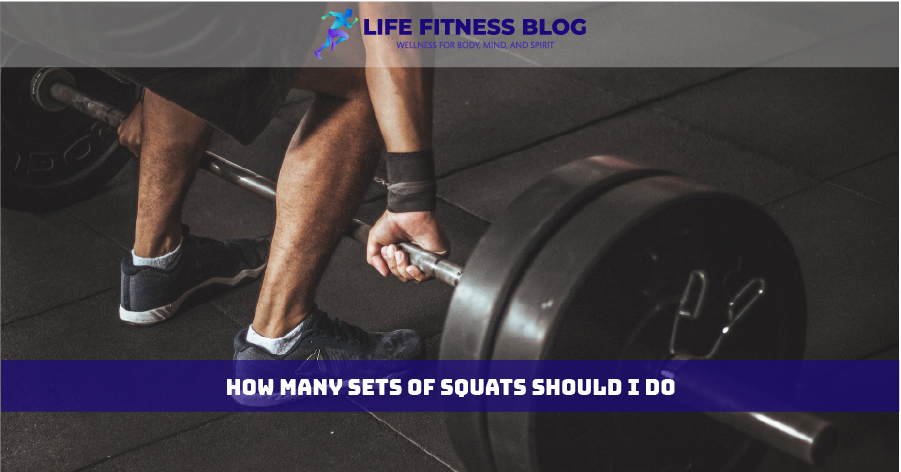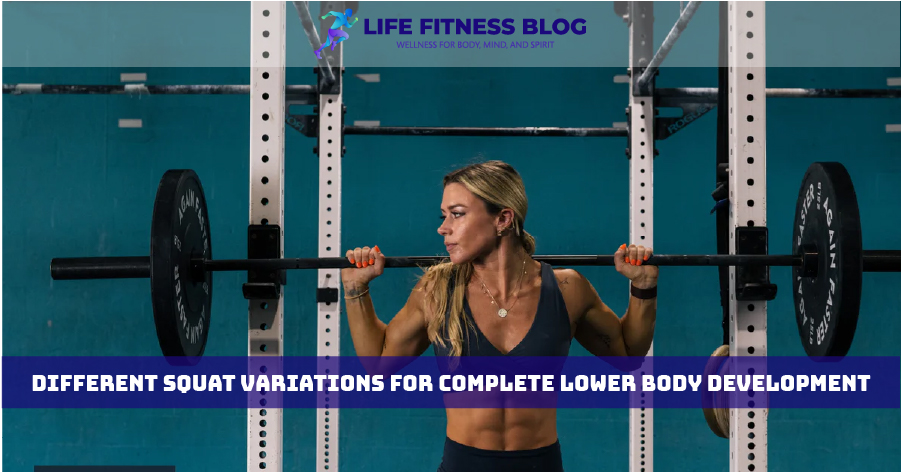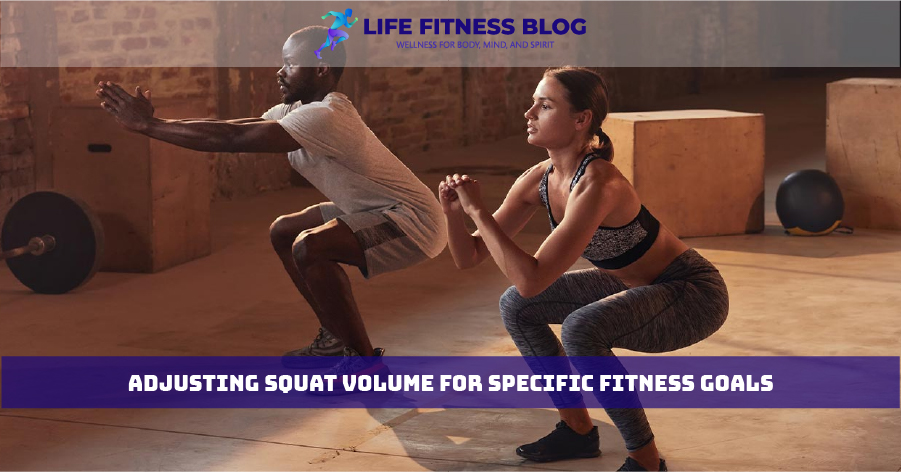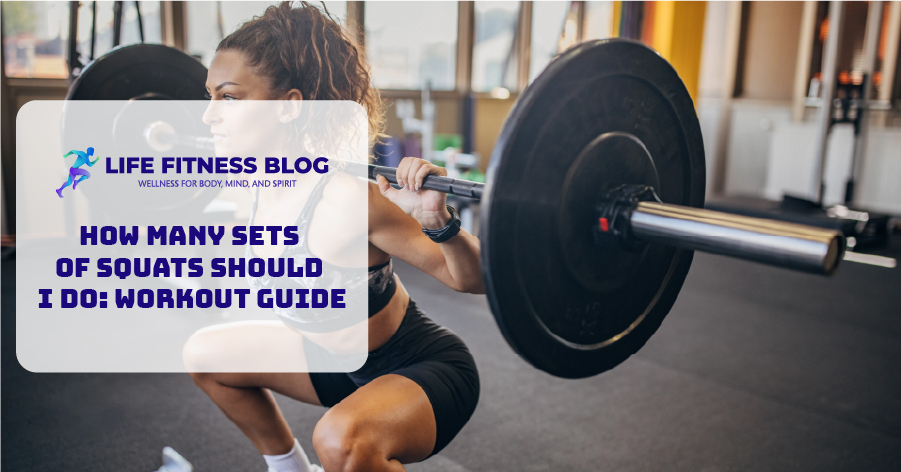Squats are key for building strong legs and glutes. But figuring out how many sets to do can be tricky. This guide will help you find the right number of squat sets for your goals.
It doesn’t matter if you’re new to squats or have been doing them for years. Knowing how to train your squats is important. We’ll cover the basics, like how to do a squat and which muscles it works.
By the end, you’ll know how to plan your squat workouts. You’ll learn about rest times and different squat types. Plus, you’ll know how to avoid common mistakes and adjust your training to meet your fitness goals.
Table of Contents
Understanding the Fundamentals of Squat Training
Learning the right squat form is key to getting the most out of this exercise. The squat works many important muscles like the quads, hamstrings, glutes, and core. Knowing how to squat properly helps build strength and power in your lower body, no matter your fitness level.
Basic Squat Mechanics and Muscle Groups
The squat involves bending at the hips and knees to lower your body, then pushing back up. This action mainly works the quads, hamstrings, and glutes. The core muscles keep your spine stable during the exercise. Keeping your spine straight, chest up, and weight evenly on your feet is crucial for effective muscle work and safety.
The Role of Progressive Overload in Squatting
Progressive overload means gradually increasing the challenge of your workouts. This could be lifting heavier weights, doing more reps, or adding more sets. By doing this, you keep pushing yourself to get stronger and improve your squat. This approach helps you reach your squat goals, whether it’s lifting more, getting fitter, or boosting your athletic performance.
Benefits of Regular Squat Training
- Improved lower body strength and power
- Enhanced core stability and balance
- Increased muscle development in the legs and glutes
- Better overall athletic performance and functional movement
- Reduced risk of injury in sports and daily activities
Adding squats to your workout can greatly improve your fitness and health. By understanding squat mechanics, the importance of progressive overload, and the many benefits, you can create a squat program that suits your goals and fitness level.
How Many Sets of Squats Should I Do
The right number of squat sets in your workout depends on your fitness level, goals, and how well you recover. It’s important to understand training volume to find the best set volume for squats.
Experts usually suggest doing 3 to 5 sets of squats in each workout. This amount is enough to build muscle and strength. It also lets you recover well between sets.
- Beginners should start with 3 sets of squats. Gradually add more as you get used to the exercise.
- Intermediate lifters should aim for 4 to 5 sets. Focus on proper form and increasing the weight.
- Advanced lifters might do 5 to 6 sets. But watch your recovery and adjust if needed.
Remember, the optimal squat volume varies for everyone. Listen to your body and watch your progress. Adjust your sets as needed to meet your fitness goals and recovery needs.

Setting Up Your Squat Workout Based on Experience Level
Creating a good squat routine means making it fit your fitness level. Whether you’re just starting, getting better, or already advanced, the right squat sets and reps differ. Let’s look at what’s best for each level to boost your lower body strength.
Beginner Squat Programming
For newbies, focus on getting the form right and slowly add more weight. Start with 2-3 sets of 8-12 reps. This helps you learn the squat without getting hurt from too much weight or too many reps. As you get better, add more weight or reps to keep improving.
Intermediate Progression Guidelines
When you’ve got the basics down, it’s time to step up your game. Intermediate lifters should aim for 3-5 sets of 6-10 reps. Try adding weight or changing the bar position to keep challenging yourself. This will help you grow stronger and build more muscle.
Advanced Training Protocols
For seasoned powerlifters or Olympic weightlifters, the goal is to get as strong as possible. Advanced athletes might do 4-6 sets of 3-6 reps with heavier weights. Mixing up your stance, bar position, and rep speed can also keep your muscles guessing and growing.
No matter your level, always listen to your body and adjust your training as needed. Smart, consistent training is key to building strong legs and power.
Optimal Rest Periods Between Squat Sets
Building strength and muscle through squat workouts depends on rest intervals. Proper rest lets muscles recover and replenish energy. This way, you can keep proper form and get the most from each rep.
The best rest time for squats changes based on your squat training frequency, goals, and how fast you recover. Beginners usually need longer rest, while more experienced lifters can handle shorter times.
- For beginners, aim for 2-3 minutes of rest between sets. This helps your muscles recover a bit and keeps your form right.
- Intermediate lifters can try 1-2 minutes of rest. This pushes your endurance and increases metabolic stress.
- Advanced lifters might only need 60-90 seconds of rest, especially with heavy weights or focusing on strength.
Finding the right balance between rest and intensity is key. Listen to your body and adjust based on how you perform. This will help you optimize your squat workouts and reach your fitness goals.
Different Squat Variations for Complete Lower Body Development
To strengthen your lower body, try different squat types. You can start with bodyweight squats or move to weighted ones. Each squat variation has its own benefits for reaching your fitness goals.
Bodyweight Squat Variations
Bodyweight squats are great for beginners. They help you learn proper form without extra weights. Here are some effective bodyweight squat options:
- Bodyweight Squat
- Sumo Squat
- Prisoner Squat
- Jump Squat
Weighted Squat Options
When you get better, add weights to your squats. This will challenge your muscles and help you grow stronger. Here are some weighted squat exercises:
- Barbell Back Squat
- Front Squat
- Dumbbell Squat
- Goblet Squat
Sport-Specific Squat Adaptations
Make your squats fit your sport for better performance. Here are some examples:
| Sport | Squat Variation | Benefits |
|---|---|---|
| Basketball | Lateral Squat | Improves side-to-side movement and agility |
| Powerlifting | Superheavy Squat | Builds maximal lower body strength |
| Soccer | Box Jump Squat | Enhances explosive power and vertical leap |
Trying different squat variations works out your lower body in many ways. It helps you reach your fitness goals and improve overall.

Weekly Training Volume and Recovery Requirements
Finding the right balance in squat training is key. It’s about pushing your limits without overdoing it. Your weekly squat volume should match your experience, goals, and how fast you recover.
For beginners, starting with 2-3 squat sessions a week is a good idea. Each session should have 3-5 sets. This helps build a strong base and ensures proper form.
Intermediate lifters can handle more, like 3-4 sessions a week with 4-6 sets. This is because they’re getting better and can take on more. Advanced lifters might do 4-5 sessions a week, with 5-8 sets, to meet their high training needs.
It’s important to listen to your body, no matter your level. Too much training can cause burnout, injuries, and slow progress. Make sure to balance your squat volume with enough rest and recovery.
“The key is to find the sweet spot between challenging yourself and allowing your body to adapt and recover.”
Keep an eye on muscle soreness, energy, and how well you perform. This will help you adjust your squat training to get the best results.
Common Mistakes to Avoid When Programming Squat Sets
Getting the most out of your squat training is more than just doing the exercise. It’s about how you program and do it. Avoiding common mistakes is key to progress and safety. Let’s look at some errors to avoid in your squat workouts.
Form-Related Issues
Good squat form is the base of a great training plan. Bad form can hurt your joints, muscles, and how well you work out. Make sure to keep your chest up, knees over toes, and back straight. If unsure, get help from a good trainer.
Volume Management Errors
Finding the right balance in squat volume and rest is vital. Too much or too little can cause overtraining and injury. Listen to your body and adjust your squat volume to stay safe and effective.
Progressive Overload Mistakes
Increasing the load or volume of your squats is key for growth. Not doing this can slow your progress. Check your strength often and change your squat plan to keep improving.
By avoiding these mistakes, you can make the most of your squat training. This means better results and less chance of getting hurt. Remember, being consistent and careful is the way to reach your squat goals.
Adjusting Squat Volume for Specific Fitness Goals
Squat training’s volume, or the number of sets and reps, is key to reaching your fitness goals. Whether you want to get stronger, build muscle, or boost athletic performance, adjusting your squat volume is crucial. It can greatly impact your progress.
For those aiming to build strength, keep the volume low. Aim for 3-5 sets of 3-5 reps. This lets you lift heavier weights and focus on getting stronger over time.
If you’re after muscle hypertrophy, increase the volume. Go for 4-6 sets of 8-12 reps. This higher volume and moderate intensity helps grow your muscles.
- For athletes looking to improve their squat progression strategies, mix heavy, moderate, and lighter sessions. Include 2-3 heavy sessions (3-5 sets of 3-5 reps) and 1-2 higher-volume sessions (4-6 sets of 8-12 reps) per week.
- It’s vital to listen to your body and adjust as needed, no matter your squat goals for different fitness levels. This helps avoid overtraining and ensures you’re making progress.
Understanding how squat volume relates to your fitness goals helps you tailor your training. This approach can make achieving your goals more effective.

Signs You Need to Modify Your Squat Set Volume
Knowing when to change your squat set volume is key to keep improving and avoid burnout. Watch for physical, performance, and recovery signs to make smart choices for your workouts.
Physical Indicators
Look out for signs of overtraining like muscle soreness, joint pain, or feeling tired all the time. If these issues don’t go away with rest, it might be time to cut back on your squats. On the other hand, if you’re full of energy and recover fast, you might be able to do more squats.
Performance Markers
Keep an eye on how strong and skilled you get at squats. If your lifts go down or your form suffers, you might be doing too much. But if you’re hitting new highs and keeping your form sharp, you can probably do more squats.
Recovery Assessment
Check how well you’re recovering, including sleep, stress, and diet. If you’re rested, focused, and doing great squats, you’re probably good. But if sleep, stress, or diet is off, it’s time to ease up on the squats to recover better.
FAQs
How often should I do squats?
The frequency of your squat workouts depends on your fitness level and goals. Beginners can start with 2-3 sessions per week, while intermediate and advanced lifters can aim for 3-4 sessions.
What are some common mistakes to avoid when doing squats?
Common mistakes include rounding the back, not keeping knees aligned with toes, and not going deep enough. To avoid these, focus on maintaining proper form and seek guidance from a qualified trainer if needed.
How can I progress in my squat training?
To progress in your squat training, gradually increase the weight or resistance over time. You can also vary your squat variations to challenge your muscles in different ways.
How important is rest and recovery for squat training?
Rest and recovery are crucial for muscle growth and injury prevention. Ensure you get enough sleep, eat a balanced diet, and listen to your body’s signals.
Can I do squats every day?
While daily squats might be tempting, it’s not recommended. Your muscles need time to recover and grow. Aim for 2-4 sessions per week, depending on your fitness level and goals.




